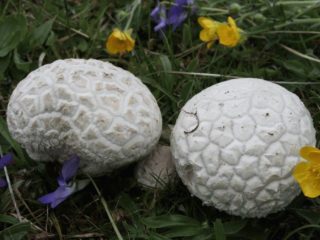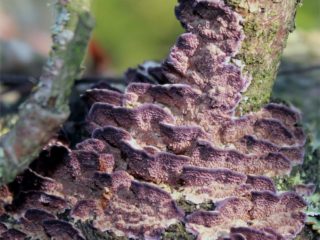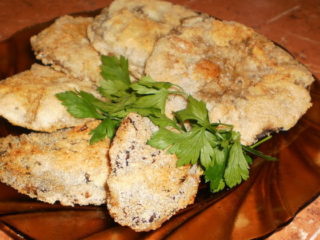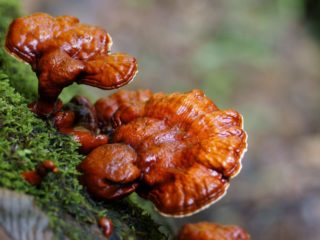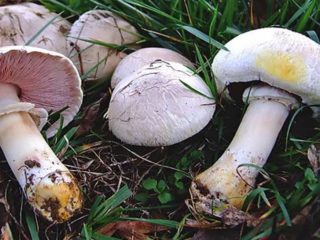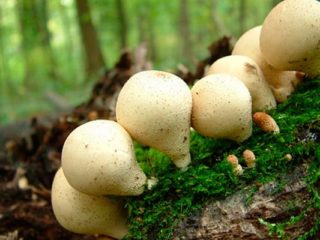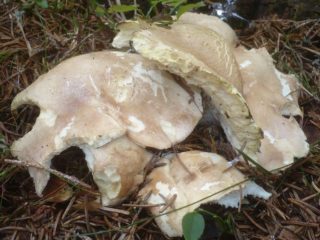Content
Skeletocutis pink-gray (Latin Skeletocutis carneogrisea) is a shapeless inedible mushroom that grows in large quantities on fallen trees. Very often, clusters of this species can be found next to the fir trichaptum. Inexperienced mushroom pickers can easily confuse them, however, this does not really matter - both varieties are unfit for human consumption.
What does a skeletokutis pink-gray look like?
Fruit bodies do not have a pronounced shape. Outwardly, they resemble open shells with uneven edges or dried twisted leaves.
This variety does not have legs. The cap is rather thin, pale pink with an admixture of ocher tones. In old fruiting bodies, it darkens, acquiring a brown color. In young specimens, they are covered with a kind of fluff, which subsequently completely disappears. The diameter of the cap is 2-4 cm on average.
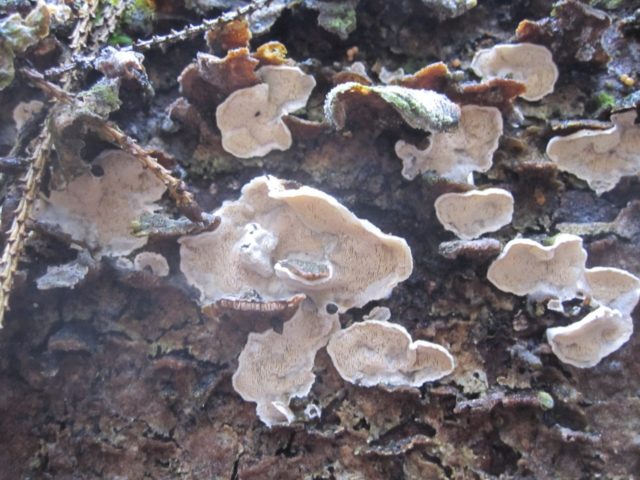
The thickness of the cap can be up to 1-2 mm
Where and how it grows
On the territory of Russia, this species is found almost everywhere, however, most often it can be found within the middle zone. Skeletokutis pink-gray settles mainly on fallen trees, preferring conifers: spruce and pine. It is found much less often on hardwood trunks.
Is the mushroom edible or not
Skeletokutis pink-gray is classified as an inedible species. Its pulp should not be eaten either fresh or after heat treatment.
Doubles and their differences
Fir trichaptum (lat.Trichaptum abietinum) is one of the most common doubles of the pink-gray skeletokutis. The main difference is the color of the cap - in the Trichaptum it is brownish-purple. It grows in dense clusters, the width of which can be 20-30 cm, however, individual fruiting bodies grow only up to 2-3 cm in diameter. A false variety grows on dead wood and old rotten stumps.
Fir trichaptum is unsuitable for eating even after heat treatment or salting.
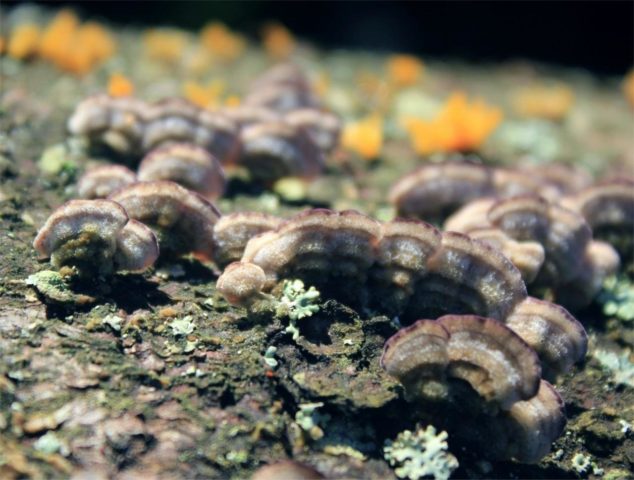
Sometimes the mushroom is covered with a thin layer of moss, usually closer to the base.
Another false subspecies is the shapeless skeletocutis (Latin Skeletocutis amorpha). The difference is that the accreted mass of twins is more uniform and looks like a viscous spot. The color is generally lighter, creamy ocher. The hymenophore is yellowish orange. Older specimens are painted in gray tones.
A false twin grows in coniferous forests, on fallen trunks. They do not eat it.
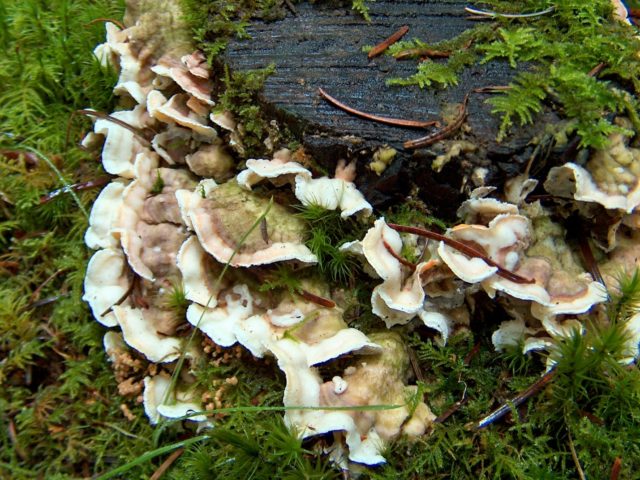
Young fruiting bodies of this twin can also grow together into large shapeless masses.
Conclusion
Skeletokutis pink-gray is an inedible mushroom that should not be eaten in any form. Representatives similar to him also have no value from a culinary point of view.
